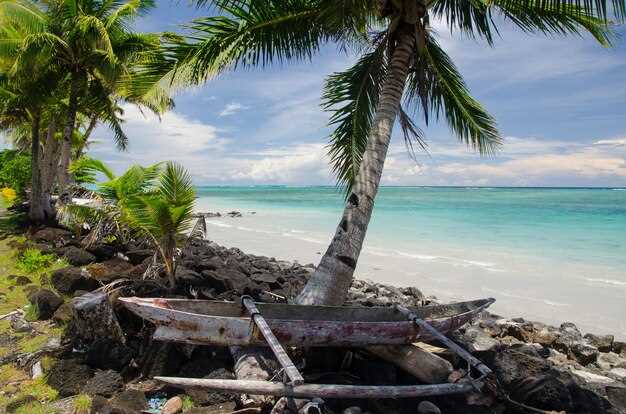Yachting is a lifestyle that blends adventure, elegance, and practicality. For women who love the sea, having the right gear is about more than comfort — it’s about confidence, safety, and freedom to move with ease. Whether you’re an experienced sailor or embarking on your first voyage, investing in the right essentials ensures a smoother, more enjoyable experience.
Functional Fashion: The Foundation of Smart Sailing
Modern women’s yachting gear combines functionality with style. Breathable fabrics, UV protection, and quick-drying materials are must-haves. A lightweight, waterproof jacket is the cornerstone of any wardrobe at sea, protecting against sudden weather changes.
Layering is key — start with moisture-wicking base layers, add an insulating mid-layer for warmth, and finish with a windproof shell. This combination keeps you dry and comfortable across shifting conditions.
Footwear Designed for Stability and Grace
On deck, traction matters as much as comfort. Non-slip, closed-toe deck shoes are essential, preferably with flexible soles for balance and grip. Brands now offer women’s sailing footwear that merges sleek design with performance — from breathable mesh sneakers to neoprene boots for colder climates.
A spare pair of sandals or loafers is also useful for shore excursions or casual evenings at the marina.
Protection from the Elements
The sun can be as challenging as the sea breeze. A wide-brimmed hat or a cap with a neck flap helps protect from UV rays, while polarized sunglasses reduce glare from the water. Don’t forget SPF-rated gloves — they shield your hands during long hours of handling ropes and sails.
For cooler trips, a soft-shell jacket or fleece-lined hoodie ensures warmth without bulk. Pack a quick-drying scarf or buff — it’s a versatile accessory that doubles as a headband or wind shield.
Safety First: Gear You Shouldn’t Sail Without
Safety gear should never be an afterthought. Every sailor, regardless of experience, should have a properly fitted life jacket (preferably an automatic inflating model), a personal locator beacon, and a whistle.
For women sailing solo or offshore, a waterproof bag for essentials — documents, phone, flashlight, and emergency contacts — adds an extra layer of preparedness.
Smart Accessories and Tech Add-Ons
Yachting has embraced technology without sacrificing simplicity. Waterproof smartwatches, GPS trackers, and sailing apps help monitor routes and weather conditions. Compact dry bags, reusable water bottles, and eco-friendly toiletries reflect a growing emphasis on sustainability at sea.
Even small items like headlamps, multi-tools, and microfiber towels can make a noticeable difference during multi-day voyages.
Comfort and Confidence on Every Voyage
The essence of good yachting gear for women is balance — between practicality and elegance, durability and comfort. When your outfit supports every move, you can fully embrace the freedom of sailing.
Well-chosen gear empowers you to focus on what matters most: the wind, the water, and the thrill of the journey.
Concluzie
With the right equipment, every woman can feel capable, confident, and ready to face the sea’s challenges. Yachting gear isn’t just about protection — it’s an expression of independence and style. Out on the open water, comfort and confidence become your true essentials.

 Yachting Gear Essentials for Women">
Yachting Gear Essentials for Women">